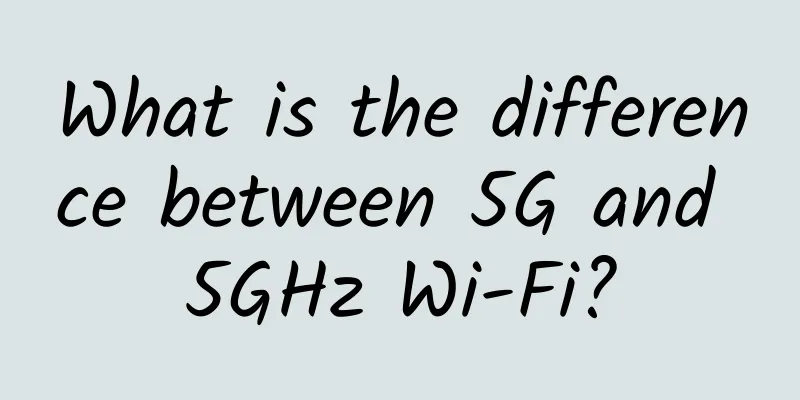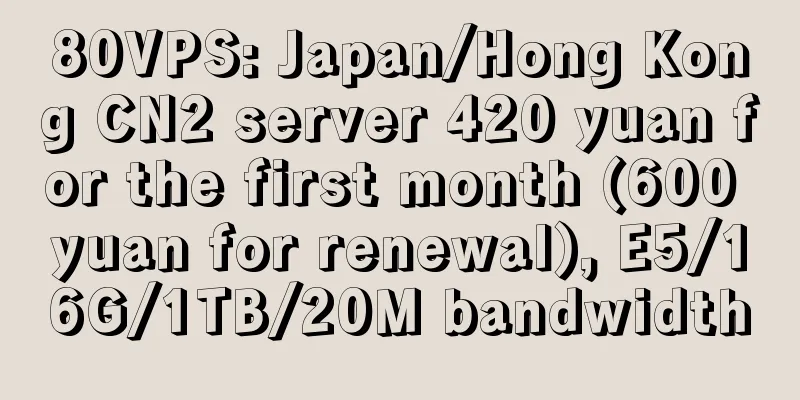Why Thread will unify IoT communication protocols in the future

|
Various devices connected to the Internet of Things (IoT) are accelerating their explosion, but they have different communication standards. Some use Bluetooth, some use ZigBee, and many use Wi-Fi. Faced with different IoT communication protocols, the interoperability between IoT devices is naturally affected. However, a protocol called "Thread" will stand out from the crowd and become the future IoT standard and win the world.
What is Thread Currently, there are many IoT communication protocols. IoT devices on the market use different communication protocols due to different manufacturers, platforms, and architectures. However, the most common ones are Wi-Fi, Bluetooth, ZigBee, Z-Wave and other mainstream protocols. So what kind of protocol is Thread? Thread is an IPv6-based, low-power mesh networking technology that provides secure, seamless communications for IoT devices. Thread was originally designed for smart home and building automation applications, such as appliance management, temperature control, energy use, lighting, security, etc., and its scope has now expanded to a wider range of IoT applications. Because Thread uses 6LoWPAN technology and is based on the IEEE 802.15.4 mesh network protocol, Thread is also IP addressable. It not only provides effective communication between low-cost, battery-powered devices, but also supports cloud and AES encryption. In order to accelerate the popularization of the Thread protocol, Nest Labs (a subsidiary of Alphabet/Google), Samsung, ARM, Qualcomm, NXP Semiconductors/Freescale, Silicon Labs and other companies formed the "Thread Group" alliance as early as July 2014 to promote Thread to become an industry standard and provide Thread certification to member companies' products. Advantages of Thread over mainstream protocols So what are the advantages of Thread compared to the mainstream IoT protocols mentioned above? Wi-Fi is the backbone technology for wireless transmission in current home networks. It has high speed, large capacity and long coverage, but its corresponding power consumption is also high, which limits its use in battery-powered applications. Bluetooth has low power consumption, but its coverage distance is short, the networking scale is small, and various versions coexist. In addition, its main solution itself does not support IP. Fortunately, the Bluetooth Core Specification 4.2 already supports IPv6 and 6LoWPAN, laying the foundation for IP connectivity. Although ZigBee occupies a leading position in 802.15.4 mesh network solutions, its technology is relatively complex, the protocol layer development time is longer, and the R&D cost is high. To support IP, it needs to be upgraded to ZigBee 3.0 version. Thread is built on the basis of ZigBee. Existing ZigBee devices only need to update their firmware to be compatible with Thread. Thread has the advantages of low power consumption, safety, reliability and good fault tolerance. It solves the long-awaited demand for mesh network technology in the market, that is, it supports IPv6 and 6LoWPAN, and can bring IP connection capabilities to every terminal node in the Internet of Things. Moreover, Thread can support more than 250 devices to be connected to the Internet at the same time, covering all light bulbs, switches, sensors and smart devices in the home. Thread Accelerates the Internet of Everything Given Thread's focus on low power consumption and inherent IP support, it has an advantage in achieving seamless connectivity between the Internet of Everything and the Internet of Things. It not only provides effective communication between low-cost, battery-powered devices, but also provides a simple interface to the cloud and mobile devices. Thread Protocol In addition, the open, standard-based Thread protocol is conducive to cross-vendor interoperability and competitiveness between IoT devices. This undoubtedly provides a powerful condition for the large-scale expansion of IoT at the industrial or home level. Moreover, Thread abandons some of the complexity of previous mesh network standards and has only two different node types: Router Eligible nodes and End Device nodes. This Monday, Apple officially confirmed that it has joined the Thread Group and has become a member of the alliance. Although it is not clear at present the extent of Apple's participation in the organization, it is very likely that the Thread protocol will be integrated into its own HomeKit (the smart home platform released by Apple in 2014). Currently, the Thread Group has released a standard software testing tool for all Thread protocol stacks and final Thread product certification to ensure excellent interoperability. This testing tool will be provided to all Thread member companies to obtain high-quality software development and testing before Thread certification testing, and will also help the integration and unification of future IoT protocols. Conclusion The standards of the Internet of Things will inevitably become increasingly simplified to cope with the massive explosion in the future. Using Thread's powerful mesh network technology to provide more Thread-certified solutions in the future will obviously play a key role in accelerating the integration and automation of the Internet of Things in smart homes, and ultimately achieve the goal of unifying the IoT world. |
<<: 5 Advantages of Edge Computing in Enterprise Network Strategy
Recommend
RackNerd cheap VPS summary starts from $9.89/year, self-service IP change, multiple data centers in Los Angeles/San Jose/Seattle/New York, etc.
Two months ago, I did a summary of RackNerd's...
A Brief Analysis of TSN Time Sensitive Network Technology
With the continuous development of industrial int...
Recommend three excellent tools specially prepared for operation and maintenance novices!
Get detailed information about your network conne...
RAKsmart March Promotion: Dedicated servers limited flash sale starting at $30/month, bare metal cloud/cloud servers starting at $1 for the first month
RAKsmart's "Everyone Goes to the Cloud&q...
The impact of 5G on the development of Web front-end and the future prospects of front-end engineers
The advent of the 5G wave has attracted worldwide...
Comprehensive promotion of 5G construction requires full participation from all parties
Although the top leadership has once again clarif...
Automotive Ethernet: Solving complex wiring harnesses and supporting more data
If you've ever had the chance to look at the ...
The first quarter of the three operators: China Unicom turned around, China Mobile slowed down, and the pattern remained unchanged
On the 27th, China Telecom released its first qua...
Actual combat: Can you believe it? Two VRRP hot standby gateways were installed in the operator's central computer room at the same time, but they fought with each other and caused the entire network to explode!
The case shared in this issue is related to VRRP ...
2017 Global Internet Economy Conference opens in Beijing; the era of Internet of Everything has arrived
On the morning of September 5, the GIEC2017 Globa...
South Korea's three major operators launch service to convert paper documents into text messages
SK Telecom, Korea Telecom and LG Uplus have teame...
The next technology that will change the world, 5G, is ready
Throughout history, every social transformation, ...
Interviewer: Tell me how Nginx handles requests? Why doesn't Nginx use a multi-threaded model? What are the Nginx load balancing algorithms? What are forward and reverse proxies?
Interviewer: Can you tell me how Nginx handles re...
Rather than calling it a skill, it is better to call it a history of blood and tears. Do you really know how to choose a router?
Whenever I am praised for my shopping skills, I c...
Let’s talk about what communication is.
For many people, communication is a very general ...









